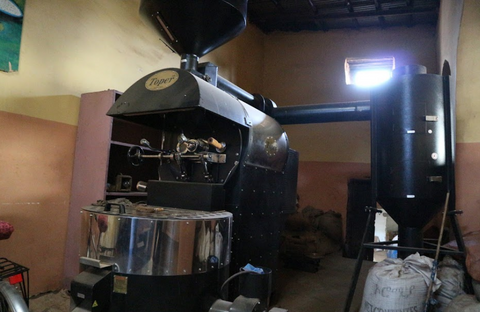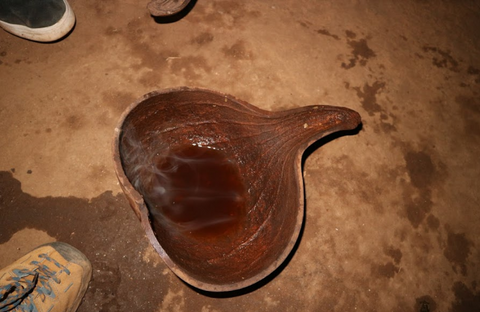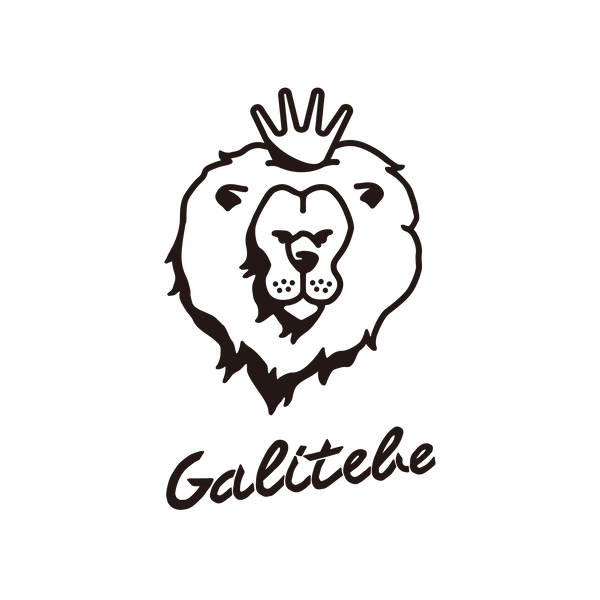
Ethiopia is one of the world's leading coffee producers.
About half of the coffee beans produced are consumed domestically.
This time, I would like to take a closer look at how coffee is consumed in Ethiopia.
Is your coffee-producing region, Ethiopia, what you imagine it to be?
By reading the article, you can know "coffee" in Ethiopia.
table of contents
・ Procure your own coffee beans
・Dried on a handmade bed
・Column The most popular production area in Ethiopia
・Thresh starts from making ○○
・Ethiopian style, various roasting methods
・Extra: Coffee Culture in Ethnic Minorities
・How to drink freely ・Summary
- Harvesting your own coffee beans
Green coffee beans are brought to urban areas from all over the country.
So when you go to the store, you can always get coffee beans.

However, there are different procurement methods in rural areas.
In Kaffa, the production area of Galitebe coffee beans, raw beans are sold at shops, but you can get raw beans elsewhere.
The first is at the market held once a week.

We sell raw coffee beans here.
According to this standard, it is about grade 5.
Raw beans of various shapes and colors are lined up with crops such as potatoes.
You can see that it is treated as a “daily necessities” rather than a luxury item.

You can buy it on the market, but there is another way to get it.
It is harvested directly from my back hill.
People tend to think that "Ethiopia is full of small-scale farmers," but what I actually felt over there was that instead of becoming a farmer with the enthusiasm of "I'm going to become a small-scale farmer!" There were coffee trees and mountains behind it.
So families that have had coffee trees for generations will procure their own coffee beans.

And it is common to bring coffee beans other than your own to a nearby washing station and make money.
・Dried on a handmade bed
After harvesting, it is dried.
The method of drying varies depending on the house, such as making your own African bed and drying it simply on a sheet.

What do you think of this house?
It seems that he likes coffee so much that the Javana (a coffee extractor) is displayed on the roof.
Probably a coffee farmer's house.


Here, coffee for myself was dried on a simple sheet.

After drying, the next step is threshing.
Before that, let's digress a little.
[Column] Where is the most popular coffee bean in Ethiopia?
There are places where you can harvest coffee beans yourself like this, but in urban areas it is common to buy and procure them at stores.
So where do those coffee beans come from?

According to local interviews, there are about three famous coffee-producing areas in Japan.
Kaffa coffee beans are the most popular.
Coffee beans from around where Galitebe trades were the most consumed in urban areas.
Even in Ethiopia, sweet and deep coffee beans seem to be popular.
When I go to Kaffa from the city, my friends who live in the city always ask me to buy some green coffee beans.
It's hard to imagine in a Japanese environment where you can buy anything online with a well-developed infrastructure, but getting coffee beans from Kaffa felt like a brand in Ethiopia.
In fact, coffee shops in the capital that use those beans are always full of customers.
But one day, when I went there to drink coffee, it tasted different than usual.
It seems that Kaffa production was not available.
After that, I passed by the store several times, but the number of customers was decreasing.

There may have been other factors as well, but one of them is the use of non-Kaffa beans.
That's why Kaffa is so popular.
*Preferences may differ depending on where you are from. It's not a numerical basis, it's just a feeling.
Let's get back to the topic.
・Thresh starts from making ○○
Harvesting and drying the coffee is a simple process.
After drying, it must be threshed.
After threshing, it becomes "green coffee beans".
You need tools to thresh.
Larger refineries use machines, but at home they make threshers.


Cut down some wood and turn it into a thresher.
I gave it a try, but it's a very persevering task.

Once the thresher is ready, it's time to thresh the coffee beans.


When the outer skin comes off, remove the skin with something like a tray that the waiter often has.

This method makes the beans dance in the air like a frying pan.
This separates the outer skin, foreign matter, and the heavier green beans.

Finally, the green beans are ready.
・Ethiopian style, various roasting methods
When it comes to raw beans, the next step is roasting.
There are three main methods of roasting.
①For self-drinking

Roasting using this frying pan is the most popular roasting method in Ethiopia.
It is the easiest and available at any house.
This frying pan is called “Mankashakasha”, and “man” means “something” in Amharic (the official language of Ethiopia).
Therefore, the meaning of mankashakakasha is "something that clatters".
The origin is so simple, isn't it? smile
You can check the roasting with mankashakasha below.
[Demonstration] Coffee roasting! How to use mankashakasha
② For provision at the store

It is common to roast in this way at shops in town.
I use a large iron plate and something like a spatula to stir the beans.
I tried it too, but it burns a lot lol It takes a lot of skill to roast well.
③ For selling beans

Ethiopia also has a roasting machine like the one used in Japan.
This is one of the industries that the Ethiopian government wants to develop recently.
This is the coffee beans roasted by the above roaster

In this way, in Ethiopia, everyone roasts coffee, from casual to serious.
Is it like cooking rice here?
No, I feel closer than that.
In Ethiopia, you can't hear people saying, "It's too difficult to grind coffee beans."
I can't even hear the voice saying, "This coffee bean got a ○ point evaluation."
Is it delicious to you or is it not?
That's all.
In order to drink delicious coffee, we handle everything from harvesting to roasting and extraction.
・Extra: Coffee Culture in Ethnic Minorities
In urban areas, it is common to procure coffee beans and roast them before drinking.
But what about the minority villages in the South?

In the Banna village where I got the name Galitebe, they drink a coffee husk brew called “karo”.
It tastes like kakkonyu, and in Japan it's sold as cascara tea.
Caro is the unflavoured version of cascara tea.

Every time I visit a village house, I have to drink three cups of this.
Drinking three cups is considered courtesy in the village.
It's going to be a belly chapo chapo.
Coffee beans in cities and towns, and coffee skins in remote villages.
Ethiopia consumes coffee without waste throughout the country.
I love this cycle.
I feel that more than 85 ethnic groups with different cultures and languages are connected through coffee.
Finally, let's take a look at how to drink.
・How to drink freely
The most popular extraction method in Ethiopia is the Javana extraction method.

Something like this Hakushon Daimaou pot is very delicate.
8 out of 15 will break when they are brought to Japan. (Experienced)

I will extract it on the ground using such Javana.
The method of extraction is simple, just add hot water and roasted coffee beans to Javana and boil.
So I actually tried it, but it was surprisingly difficult. .
I don't know the ratio of water to ground coffee.
I don't know what's going on inside.
If the fire is too strong, the Javana will chip.

Ethiopian people who do it with their senses.
It is not weighed, it is not timed.
Some coffee shops in town make it in a pot because Javana is not enough.

This is also delicious, isn't it lol Even with this extraction method, you can clearly see the difference in taste when the production area changes.
Is it because Ethiopia eats only additive-free foods that are good for the body?
(During my stay in Ethiopia, the coffee there was delicious, but I still can't forget how the cup noodles I brought from Japan tasted dramatically worse.)
In addition, there are espresso machines in urban areas, and people in the countryside add salt to their coffee.

Ethiopia doesn't have Starbucks or McDonald's.
Own coffee chain stores exist.
It is also one of the most difficult countries for foreign companies to enter.
summary
How to get along with a wide variety of Ethiopian coffee.
From Ethiopia's coffee culture, I feel that "everyone is different but everyone is good" .
Any roasting method, any extraction method is fine as long as the person who drinks it tastes good.
Galitebe started importing green coffee beans because of its atmosphere and culture.
I would like to see a wide variety of treatment in Japan as well.
It seems that the possibilities of coffee can still be developed.

what came out in the talk.
green coffee beans
https://galitebecoffee.com/collections/greenbaens
mankashakasha
https://galitebecoffee.com/pages/mankeshkasha
javana set
https://galitebecoffee.com/collections/jabanaset
To be continued...
The back side blog is updated every Wednesday at 9:00!
You will be notified by email by completing the form below.





